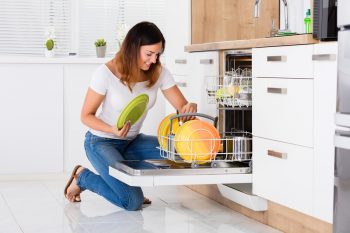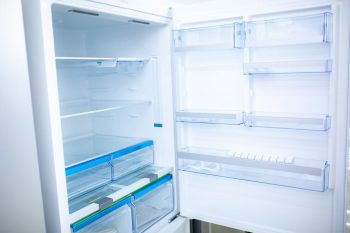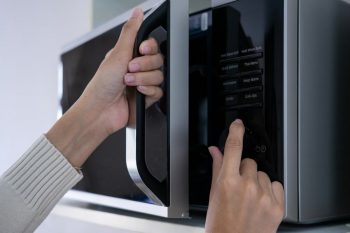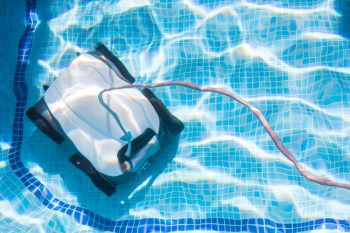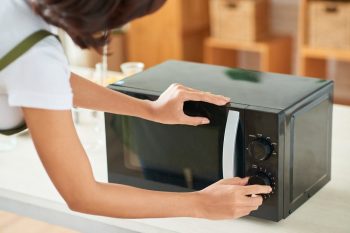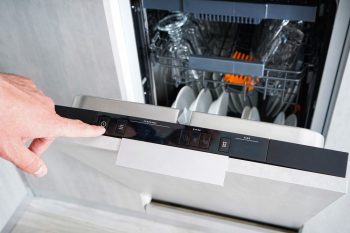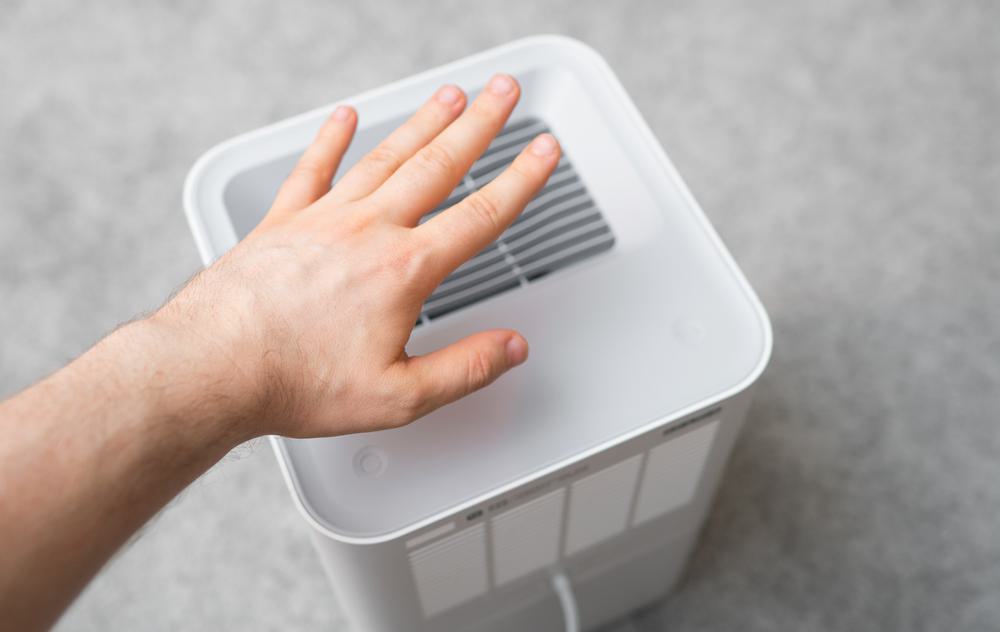
Maintaining a comfortable and healthy environment in your home is essential, and one of the key factors to consider is humidity. This brings us to a common question many homeowners ask: “What should I set my dehumidifier at?” The answer isn’t as straightforward as it seems, since several variables come into play. Let’s delve into the details to help you make an informed decision.
The ideal setting for your dehumidifier largely depends on your personal comfort, the size and condition of your room, and the local climate. Generally, it’s recommended to maintain a humidity level between 30% and 60% in your home. However, you may need to adjust this range depending on the season, with a lower range of 30% to 45% in the summer and a slightly higher range of 30% to 50% in the winter. Always monitor your home for signs of too high or low humidity, such as musty odors or dry air symptoms, to know when adjustments are needed.
Understanding Humidity Levels
Before we dive into the specifics of setting a dehumidifier, it’s essential to understand humidity levels. The ideal relative humidity for a home is between 30% and 60%. This range is considered comfortable for most people and helps to discourage the growth and spread of mold. However, the ideal humidity level can vary depending on the season and climate.
Dehumidifier Settings and Indoor Humidity Levels
The setting of a dehumidifier directly impacts the indoor humidity level. Dehumidifiers work by drawing in moist air from the room, cooling it using coils inside the unit, and causing the moisture to condense into water droplets that are collected in a bucket or drain hose. The dry air is then released back into the room, helping to maintain a comfortable humidity level.
If the humidity level is set too high, it may promote bacterial growth and create a damp environment, while setting it too low can cause excessive dryness and discomfort. To achieve the best results, it’s essential to choose the right dehumidifier size for your space and set it up correctly.
Considering Room Size and Conditions
The size of the room and its dampness level will determine the capacity of the dehumidifier you need. Dehumidifiers come in various sizes, and choosing the right one for your space is crucial for effective performance.
Climate Influence on Dehumidifier Settings
The climate in your area can affect the humidity levels in your home. In more humid climates, you may need to set your dehumidifier at a lower humidity level to maintain optimal conditions.
Adjusting Dehumidifier Settings Per Season
During summer, when humidity levels are naturally higher, set your dehumidifier to maintain a humidity level between 30% and 45%. In winter, when the air is dry, you might need a humidifier instead of a dehumidifier. However, if you live in an area with warm winters or need to control humidity in a heated basement, you can still use a dehumidifier. In this case, set the humidity level between 30% and 50%.
Risks of Incorrect Dehumidifier Settings
Setting a dehumidifier too high or too low can have potential risks and downsides. High humidity can lead to issues like musty odors, mold growth, and respiratory problems. On the other hand, low humidity can cause problems like dry air, static electricity, dry skin, irritated respiratory systems, and damage to wooden furniture.
Identifying the Need for Adjustment
Signs that indicate your dehumidifier setting needs adjustment include musty odors, clammy conditions, condensation on walls, windows, or ceilings, mold or mildew growth, and dry air symptoms.
Ideal Temperature Range for a Dehumidifier
The ideal operating temperature range for standard refrigerant dehumidifiers is between 60 and 85 degrees Fahrenheit, with a relative humidity between 60% and 80%.
In conclusion, the setting for your dehumidifier should be based on your comfort level, the size and condition of your room, the local climate, and the current season. By considering these factors, you can create a healthier and more comfortable living environment.
Remember, these are general guidelines and personal preferences may vary. Always consult the user manual or contact the manufacturer for more guidance.
Frequently Asked Questions
What is the ideal humidity level for my home?
The ideal relative humidity for a home is generally between 30% and 60%, but this can vary depending on the season and climate.
How does a dehumidifier work?
A dehumidifier works by drawing in moist air from the room, cooling it using coils inside the unit, and causing the moisture to condense into water droplets that are collected in a bucket or drain hose. The dry air is then released back into the room.
How do I know if I have set the humidity level too high or too low?
Signs of high humidity include a musty odor, clammy conditions, condensation on walls, windows, or ceilings, and mold or mildew growth. Signs of low humidity include dry air, static electricity, dry skin, irritated respiratory systems, and damage to wooden furniture.
What is the ideal temperature range for a dehumidifier to operate at?
The ideal operating temperature range for standard refrigerant dehumidifiers is between 60 and 85 degrees Fahrenheit, with a relative humidity between 60% and 80%.
How should I adjust my dehumidifier settings according to the season?
During summer, set your dehumidifier to maintain a humidity level between 30% and 45%. In winter, if you need to control humidity in a heated basement or live in an area with warm winters, set the humidity level between 30% and 50%.
What size dehumidifier do I need?
The size of the dehumidifier you need depends on the size of the room and its dampness level. Always consult the user manual or contact the manufacturer for specific guidance.

